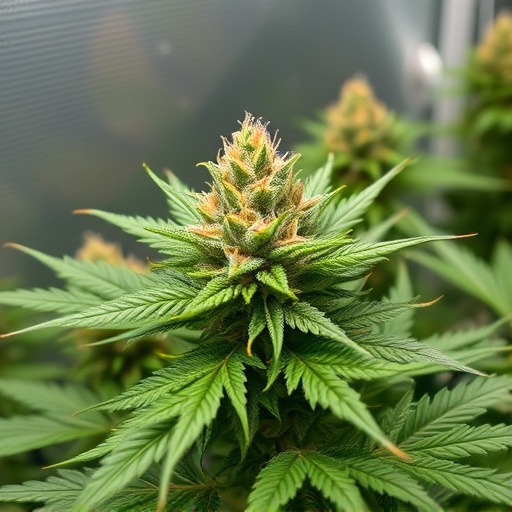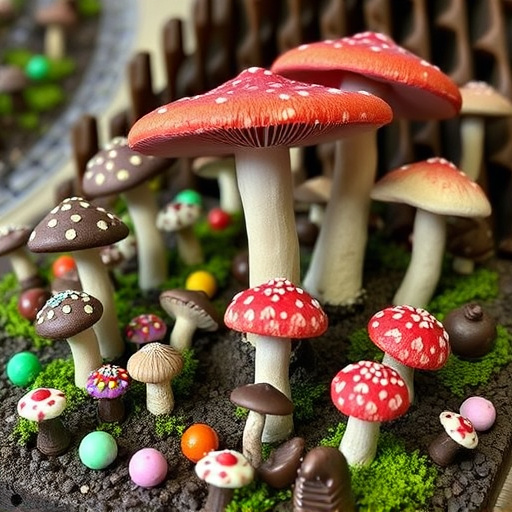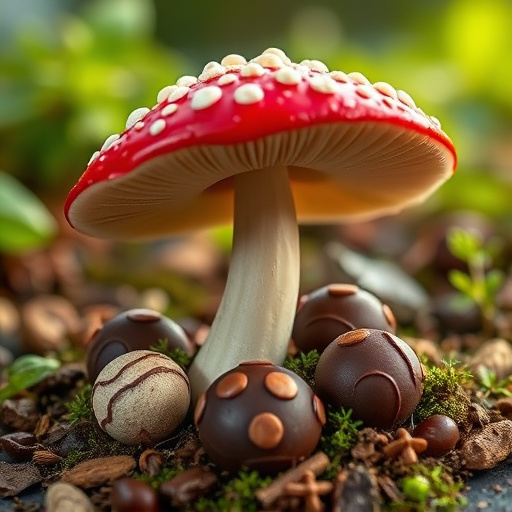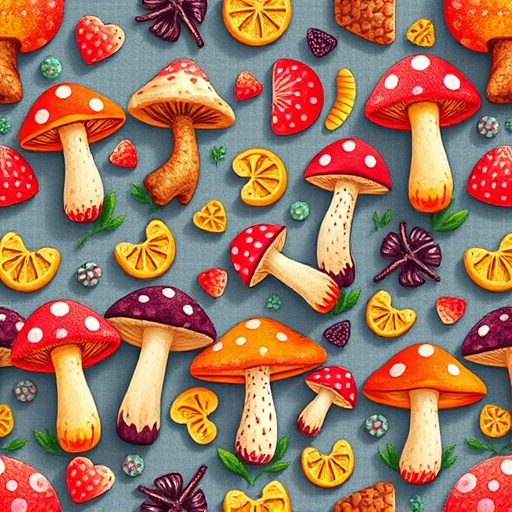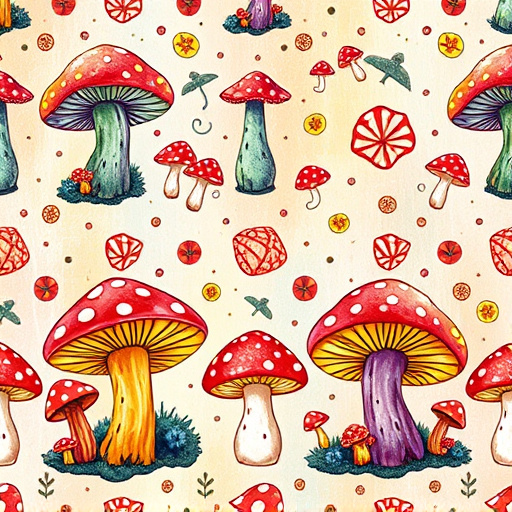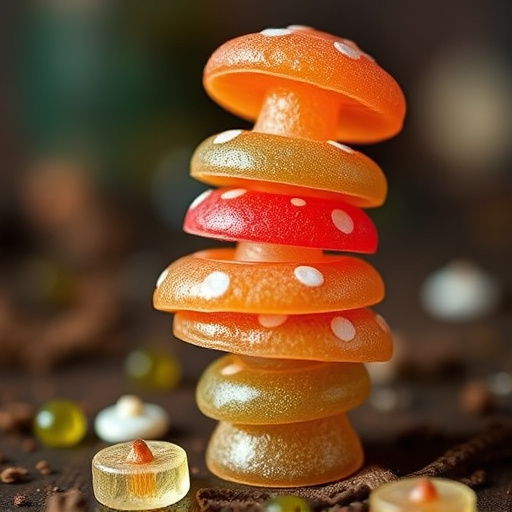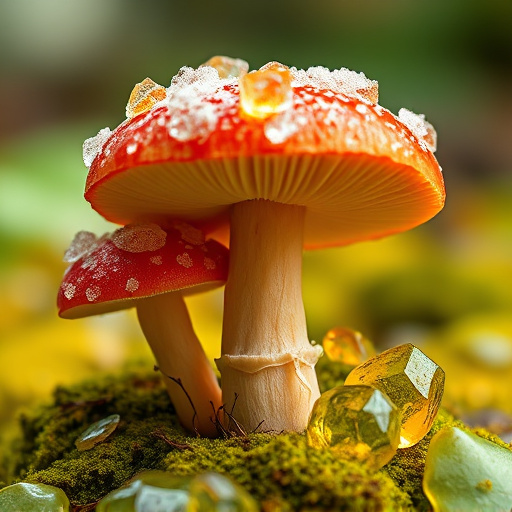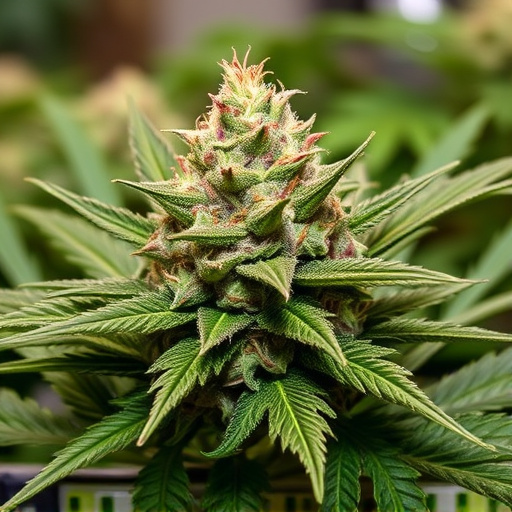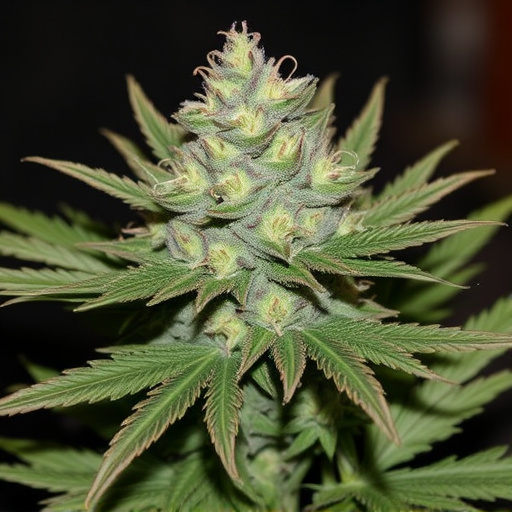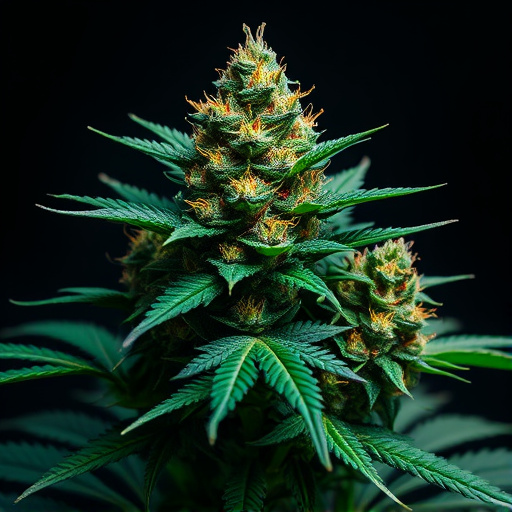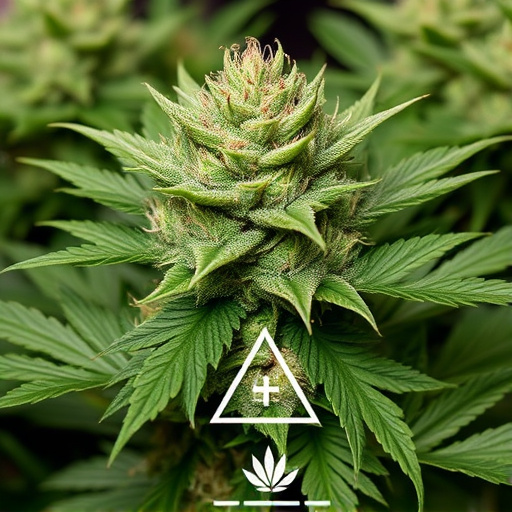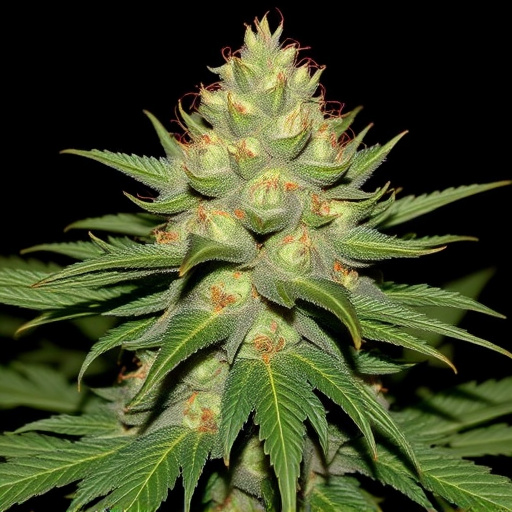Optimal harvesting time for Big Bud cannabis strains is crucial for maximizing THC content and flower quality. Growers should monitor trichome development, aiming for milky white appearance at 70-80% maturity (9-12 weeks after vegetative growth begins). Early or late harvesting can result in lower THC levels; daily checks during final two weeks of flowering are key. Late blooming phase is critical for terpene production, impacting aroma, flavor, and potency. Optimizing growing conditions encourages diverse terpene synthesis, allowing cultivators to precisely time harvests for unique characteristics sought after by consumers of Big Bud strains.
“Unveiling the optimal timing for cannabis flowering is key to ensuring its potency and quality. This article explores the intricate dance between harvesting and preservation, delving into the science behind THC levels, terpene production, and storage methods. We dissect the factors that contribute to cannabis degradation over time, offering insights on how cultivators can maintain the power of their plants. Specifically, we shine a spotlight on Big Bud strains, known for their potent profiles, and provide valuable tips to preserve their remarkable efficacy.”
- Harvesting at Optimal Timing: The Impact on Potency
- – When is the best time to harvest for maximum THC levels?
- – Understanding the critical period for terpene production and its link to flavor and aroma.
Harvesting at Optimal Timing: The Impact on Potency
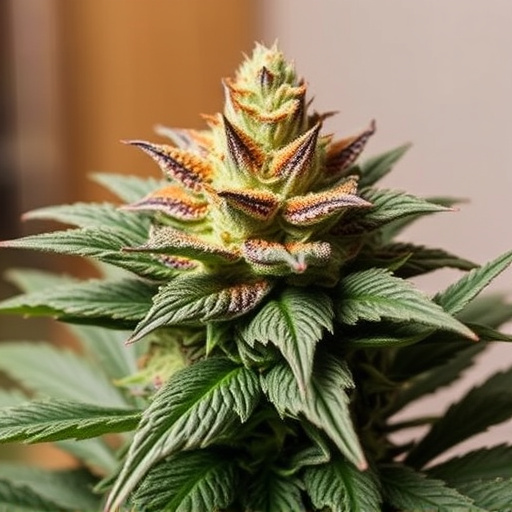
The timing of harvesting cannabis flowers is a delicate art that directly influences their potency and overall quality. When it comes to Big Bud strains, known for their dense, bulky appearance and potent profiles, harvesting at the perfect moment is crucial. These varieties typically reach maturity faster than other strains, but the window for optimal harvest remains critical.
Harvesting too early can result in floral structures that are not fully developed, leading to lower THC levels and a less robust flavor profile. Conversely, waiting too long may allow for excessive oxidation and moisture retention, causing the flowers to degrade and lose potency. Growers must closely monitor trichome development, aiming for a balance where the majority of glands have turned milky white, signaling peak maturity and the highest potential for potent, flavorful cannabis.
– When is the best time to harvest for maximum THC levels?
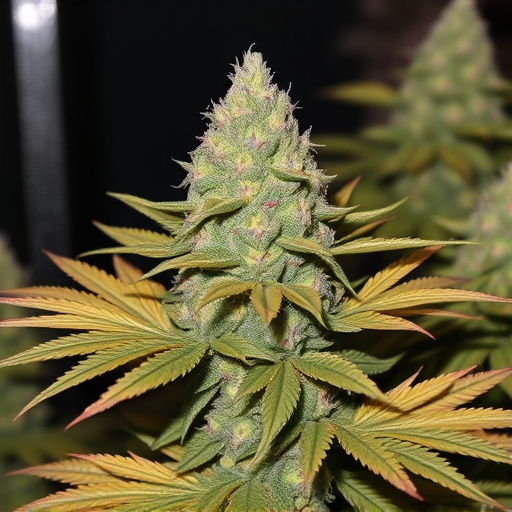
The best time to harvest cannabis plants for maximum THC levels is a topic of interest for many cultivators, especially those seeking potent big bud strains. Generally, it’s recommended to harvest when the trichomes—small glandular hairs responsible for producing cannabinoids like THC—are milky or cloudy in appearance. This typically occurs around 70-80% of the plant’s maturity, usually between 9-12 weeks after vegetative growth begins.
For optimal potency, it’s crucial to time the harvest perfectly as trichome development and cannabinoid production peak at specific stages. Harvesting too early or too late can result in lower THC levels. Cultivators should closely monitor their plants during the final two weeks of flowering, checking trichome progression daily, to ensure they reap the benefits of their hard work with cannabis flowers that boast the highest possible potency.
– Understanding the critical period for terpene production and its link to flavor and aroma.
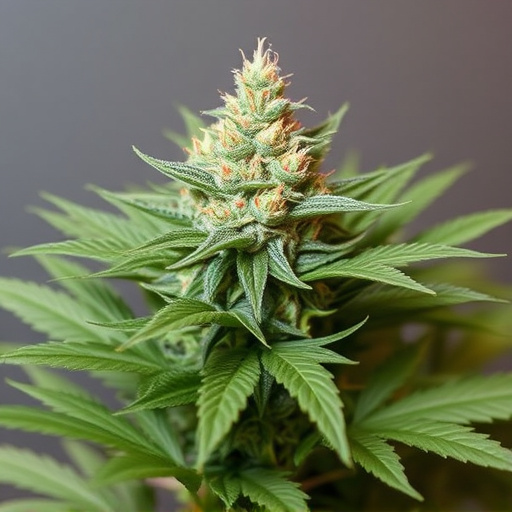
The critical period for terpene production in cannabis flowers is a fascinating aspect that influences not only the plant’s aroma and flavor but also its overall potency. Terpenes, organic compounds responsible for the unique scent and taste of cannabis strains, begin to accumulate during the late blooming phase. This is particularly crucial for big bud strains known for their dense, potent flowers. As the cannabis plant nears maturity, the balance of terpenes shifts, with some varieties showcasing a more pronounced profile in the last few weeks before harvest.
During this critical period, growers often focus on creating optimal growing conditions to enhance terpene synthesis. Factors such as temperature, lighting, and nutrition play a significant role in encouraging the plant to produce a diverse array of terpenes, adding complexity to the floral profile. Understanding this process allows cultivators to time their harvests precisely, ensuring that cannabis flowers capture their full aromatic potential, thus maximizing potency for consumers seeking the distinctive characteristics of big bud strains.
In conclusion, optimizing cannabis flower potency involves a delicate balance. Harvesting at the precise moment, typically during peak THC levels and ample terpene production, is key for big bud strains. Understanding these critical periods ensures not only maximum strength but also enhances flavor and aroma, providing cultivators with a superior product. By following these guidelines, growers can create cannabis flowers that deliver an exceptional experience.
